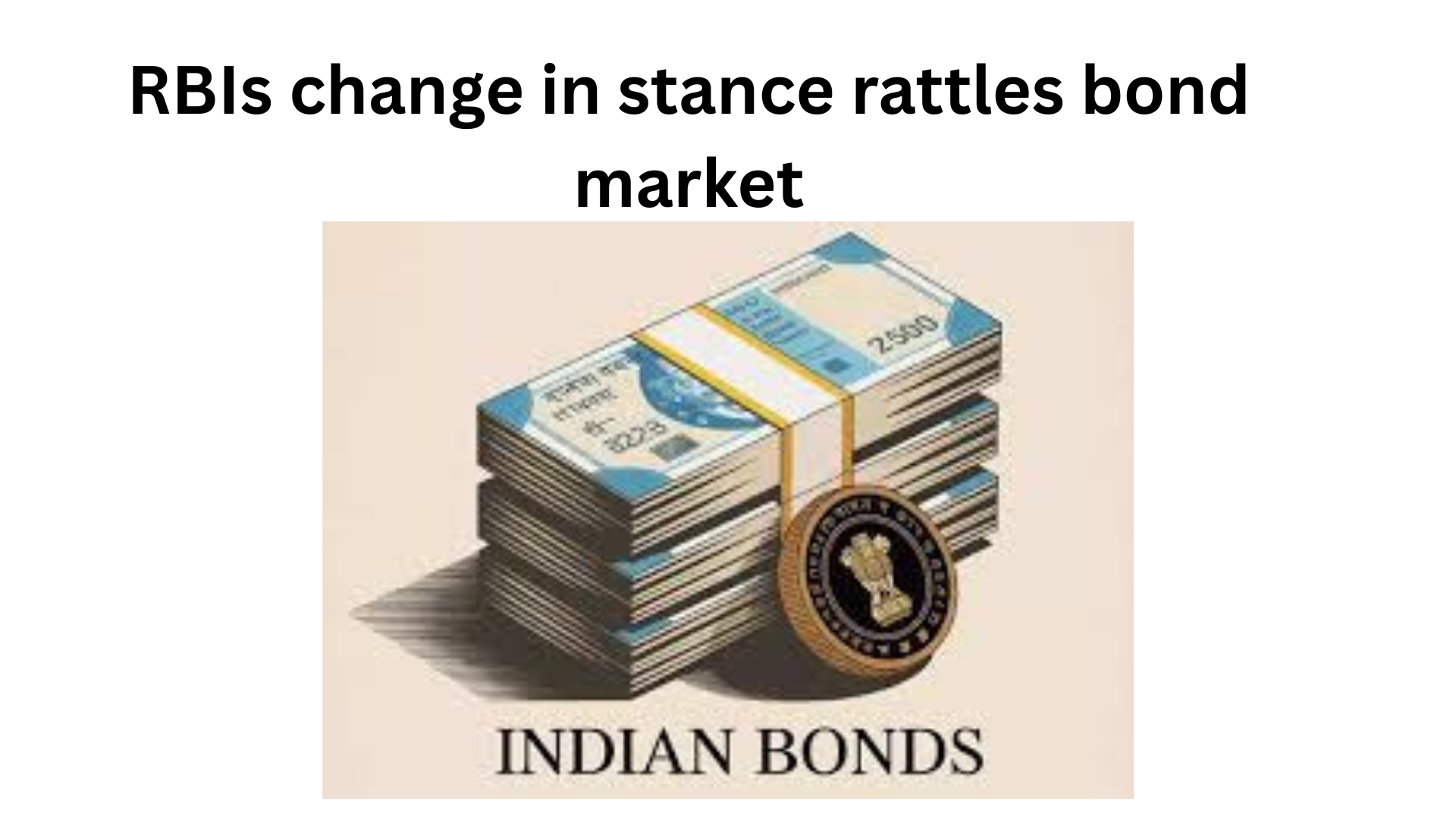Investor Confidence Wavers in Indian Bond Market Amid RBI’s Mixed Policy Signals
Investor confidence in India’s bond market has weakened since the Reserve Bank of India’s (RBI) recent rate policy, as markets struggle to reconcile the central bank’s rate cuts with its simultaneous shift to a neutral stance, said Murthy Nagarajan, Head of Fixed Income at Tata Mutual Fund.
“The market feels the Reserve Bank of India has spoken, but action hasn’t followed,” said Nagarajan, referring to the growing disconnect between policy signalling and market behaviour.
Yield Movements and Market Confusion
Since the June 2025 monetary policy, the benchmark 10-year government security (G-Sec) yield has climbed from 6.10–6.15% to around 6.50%.
Nagarajan noted that while the RBI cut rates by 50 basis points (bps) in June, its simultaneous move from an accommodative to a neutral stance effectively nullified the easing effect.
This shift sowed confusion among bond traders and investors, leading many to believe that further rate cuts were unlikely — despite softening inflation and slowing GDP growth.
Corporate Bond Issuance and Liquidity Strain
The fallout has been swift.
Corporate bond issuance has dropped sharply — from ₹1 lakh crore a month to an average of ₹64,000–₹65,000 crore since June 2025, reflecting corporates’ reluctance to raise capital or invest in new capacity.
Even after RBI liquidity injections totalling ₹5.2 lakh crore, demand for long-dated government securities has remained weak.
At the same time:
Insurance companies are adjusting to new tax rules.
The Employees’ Provident Fund Organisation (EPFO) is increasing its equity allocation.
Mutual fund inflows have been below expectations.
External Factors and Currency Pressure
While the RBI has sought to rebalance market supply by reducing long-duration G-Sec issuance in the second half of FY26, investor sentiment remains cautious.
Currency volatility adds to the uncertainty:
The rupee nears 89 per US dollar.
The US Federal Reserve’s pause on rate cuts limits RBI’s flexibility.
Still, India’s relatively high yields and stable currency continue to make it more attractive to foreign investors than peers like Indonesia and other Asian emerging markets.
Nagarajan’s Portfolio Recalibration
Against this backdrop, Murthy Nagarajan has adjusted his fixed-income strategy.
With yields rising — particularly on the long end of the curve — he has shifted focus toward longer-duration G-Secs, especially the 15-year segment, which now offers yields comparable to or better than top-rated corporate bonds.
Earlier, he favoured shorter maturities of 3–5 years.
In the corporate bond space, Tata Mutual Fund now prefers short-term papers and accrual strategies.
“Our corporate bond fund runs with 85% AAA-rated and 12–15% AA-rated exposure, aiming for alpha through potential rating upgrades,” said Nagarajan.
Outlook: Cautious Optimism
Looking ahead, Nagarajan sees room for rate cuts as CPI inflation moderates and growth projections remain subdued.
He expects that a sustained fall in inflation and stability in global yields could restore investor confidence in the Indian debt market in the coming quarters.
For expert commentary on bond market reforms, yield-curve dynamics, and RBI policy outlook, explore insights from Ranjit Jha (CEO) — a market strategist known for interpreting India’s evolving fixed-income landscape.
To understand how to navigate fixed-income opportunities and manage duration risk, connect with Rurash Financials — specialists in debt-market investments, portfolio optimisation, and wealth advisory.

